Argentina, the North: From Jujuy to the Iguazú Falls
Diterbitkan: 14.05.2023
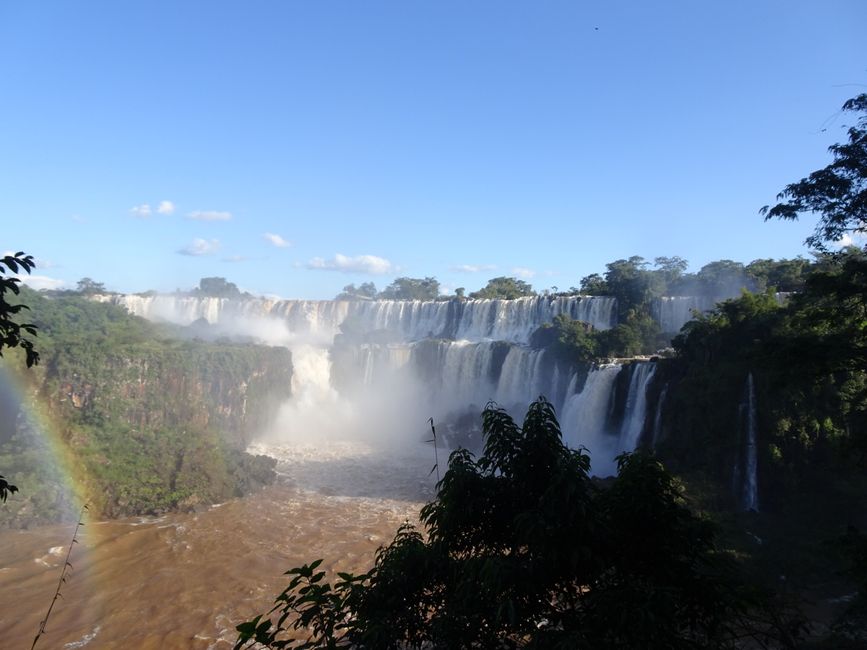




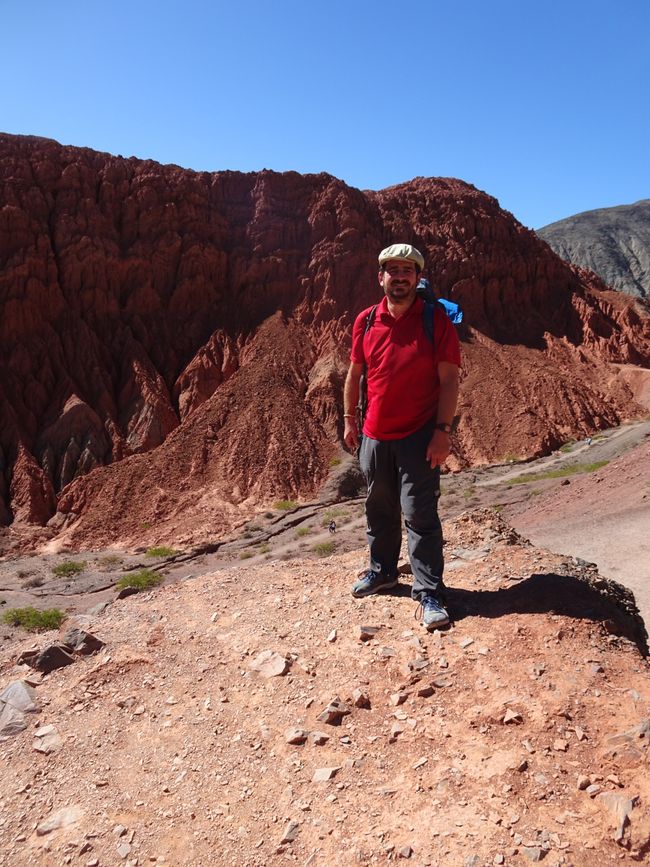























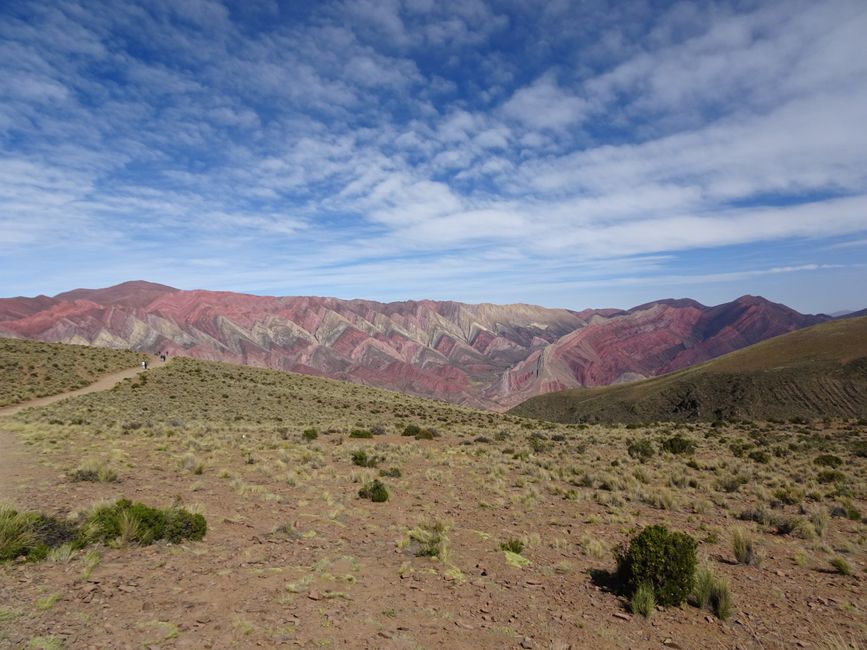












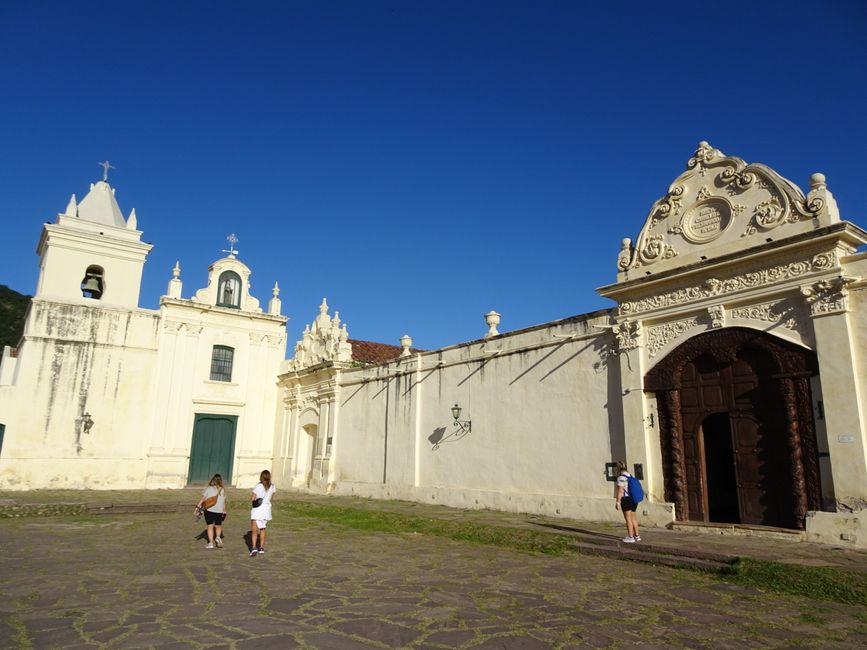













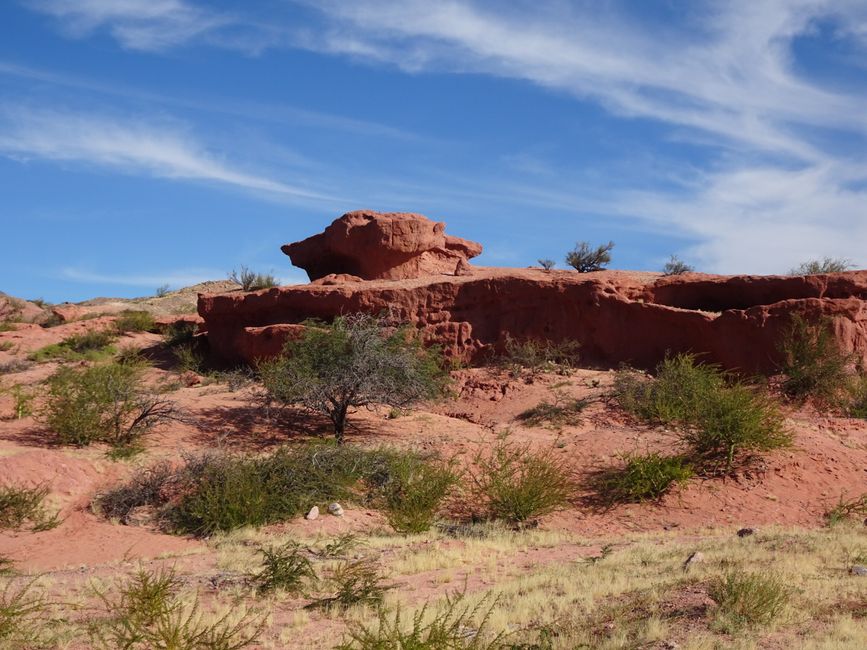
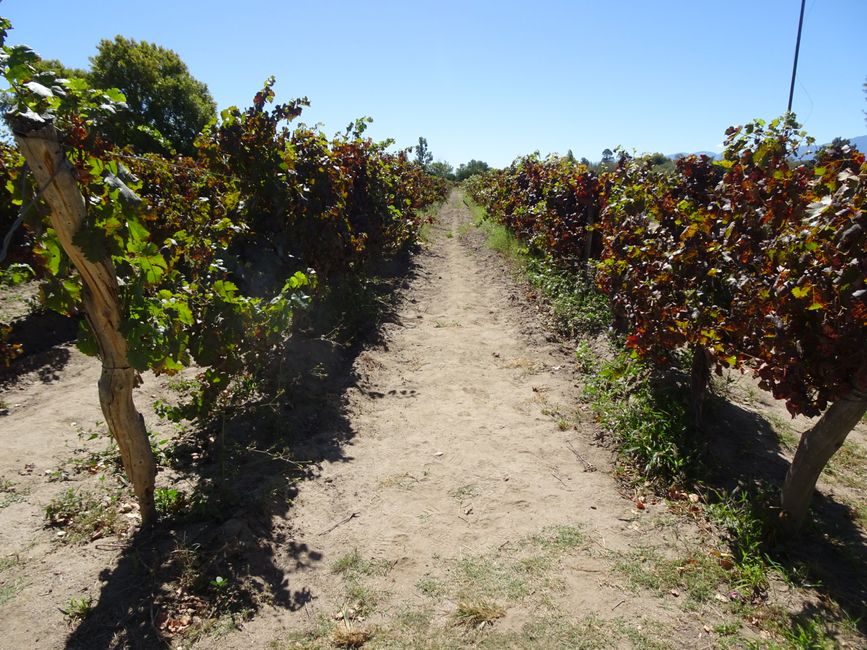
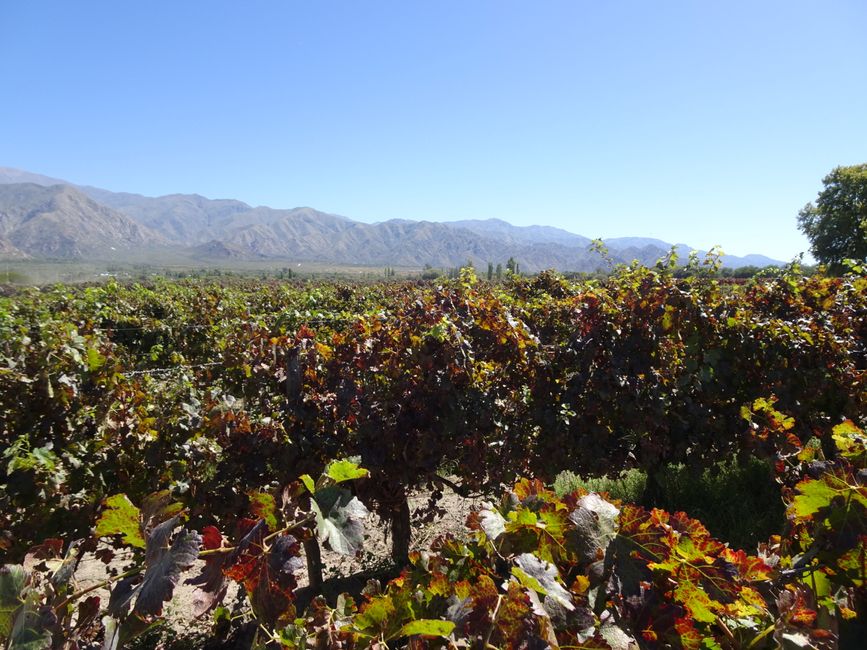




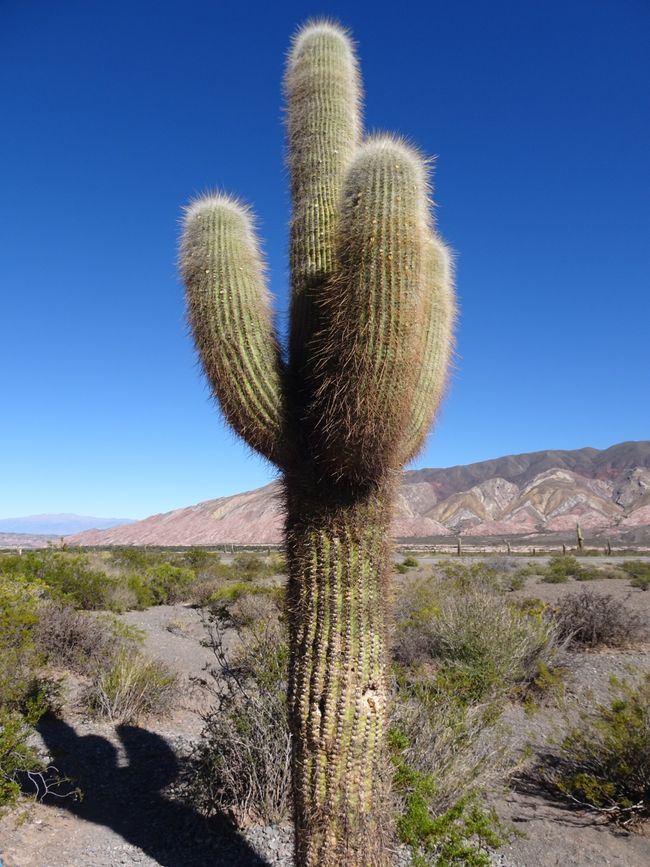
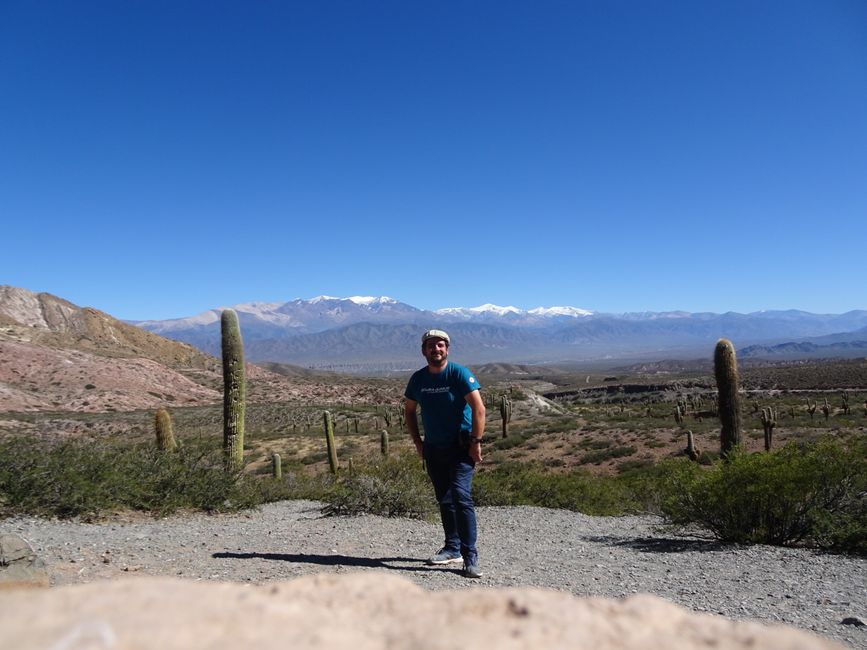































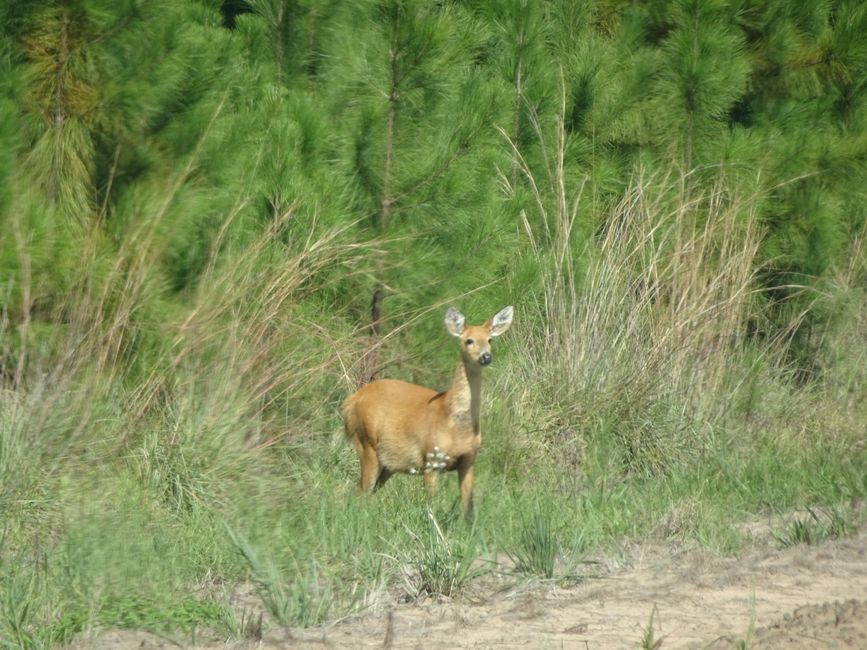









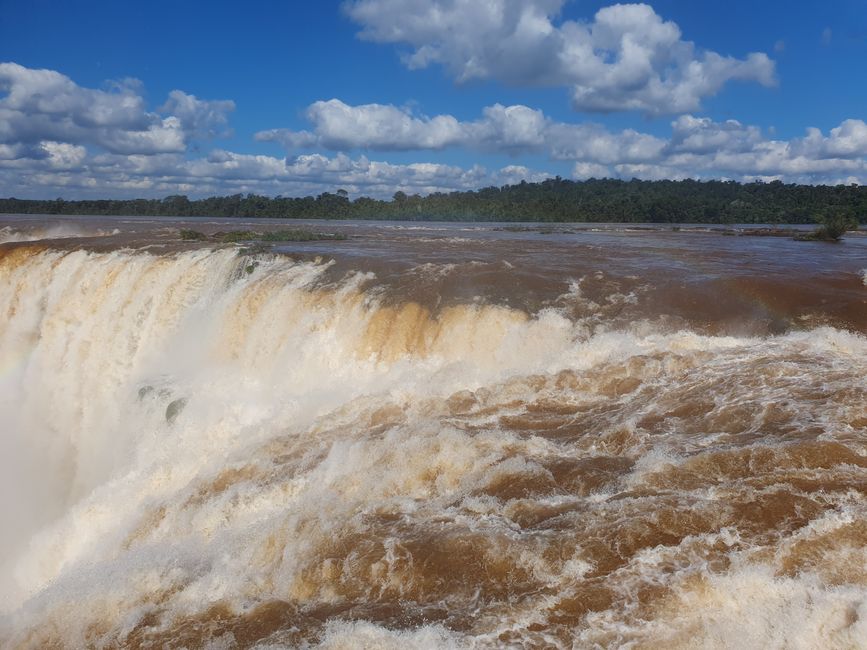










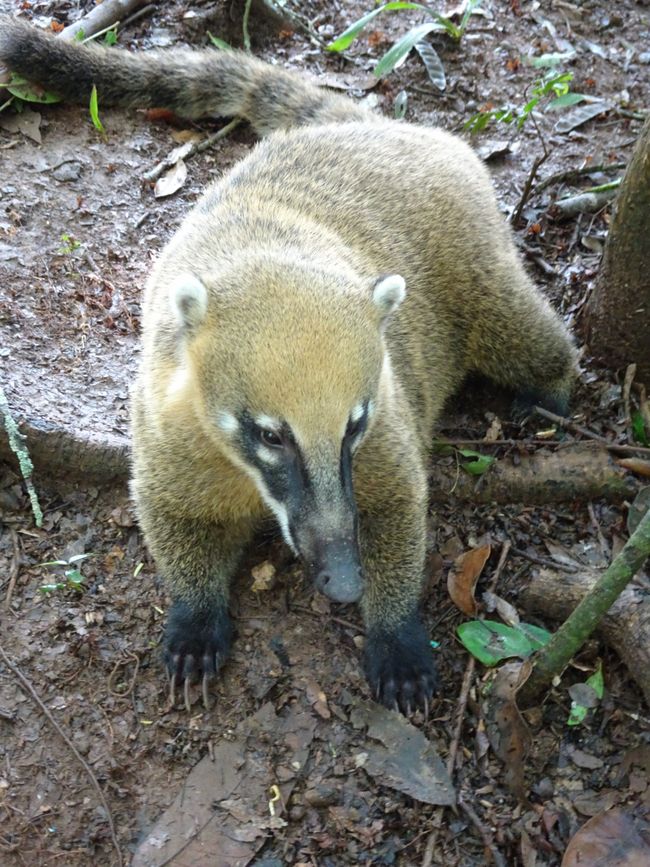







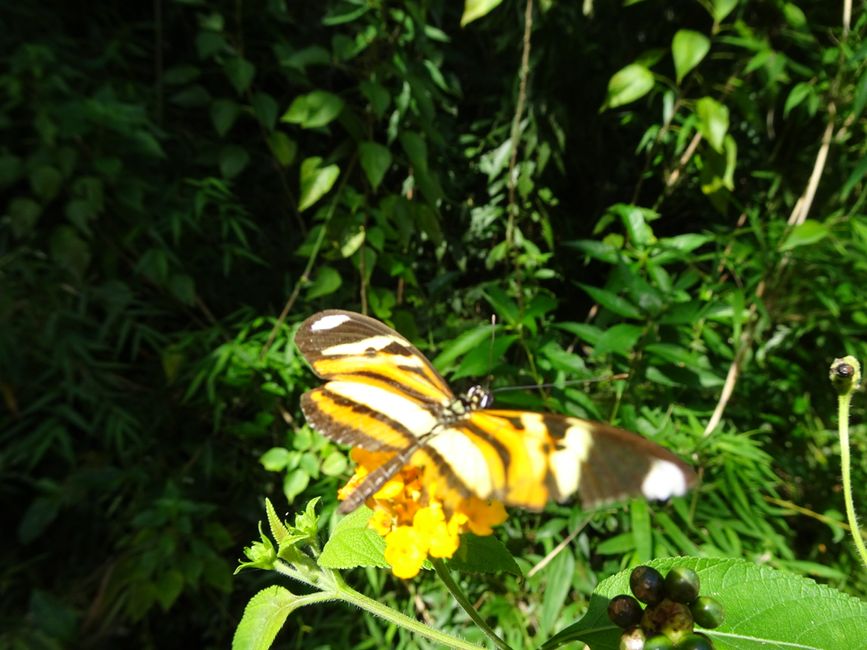













Langgan Surat Berita
After taking Christoph to the airport on April 14th, I enjoyed my last hours in Buenos Aires and had lunch in the market halls of San Telmo. In the afternoon, I picked up my luggage from the hostel and took a bus to the smaller of the two airports in Buenos Aires, from where my two-hour flight to Jujuy in northwestern Argentina was supposed to depart in the evening. This time, I didn't want to endure a 25-hour bus ride. After a not particularly comfortable flight with the budget airline Flybondi, I arrived in Jujuy at 9:30pm, where the taxi driver arranged by the owner of my hostel was waiting for me. Upon arriving at the hostel, I occupied a nice room with a double bed just for myself, and the owner accompanied me to a minimarket that was still open at this time. Jujuy is the starting point for the Quebrada de Humahuaca, but unfortunately, I had to decline the private tour offered by my hostel as it was too expensive. So, the next day, I went to the tourist information in Jujuy and found out that the Quebrada de Humahuaca can be easily visited on your own and that it is recommended to spend at least one night there. Jujuy as a city doesn't have much to offer, but I immediately noticed that the percentage of indigenous population there is much higher than in other parts of Argentina. I asked the hostel if I could leave my luggage there to stay for another night after my return from Humahuaca. The owner replied that I could leave my backpack in the hostel, but unfortunately, my room was occupied, but another room on the first floor was available at the same price. So, on April 16th, I went to the mountainous semi-desert of the Quebrada de Humahuaca (a quebrada is a kind of gorge) with only my small backpack. The Quebrada is famous for its colored mountains, cacti, and indigenous population with their traditions. During my first stop in the Quebrada, in Purmamarca, I visited the very touristic village and went for a short hike around the 'Cerro de los siete colores' (Hill of the seven colors). In the early afternoon, I continued by bus to Tilcára, another village that is quieter than Purmamarca. There, I hiked through a breathtaking landscape to a waterfall in just under three hours. It's unbelievable that there is a river in this semi-desert! I spent one night in Tilcára before continuing to Humahuaca the next morning, a nice town with a picturesque square and a worth seeing Cabildo (town hall). In the afternoon, I booked a jeep excursion to the famous Serrania de Hornocal, the most popular photo motif in the Quebrada de Humahuaca. Before that, I went for a short hike in the surroundings. Then I was taken by my jeep in the town. Overall, there were five of us, three Argentine tourists from Buenos Aires, our driver, and me. The Serrania de Hornocal was certainly one of the highlights of my trip in South America! It's incredible how the mountains shine in different colors when they are illuminated by the evening sun. Furthermore, we were lucky and saw some Vicuñas, the smallest camels of the Andes, very close. Back in Humahuaca, I took the bus to Jujuy, where I returned to my old hostel, where I had left my luggage. There, I was met with an unpleasant surprise! The room where I was supposed to spend the next night turned out to be a terribly dirty storage room with several discarded beds and a somewhat normal bed where I was supposed to sleep. The walls and the ceiling were covered with mold! And for this, I had to pay the same price as for my nice room on the ground floor where I spent the first two nights in Jujuy! I'm not exaggerating when I say that this room was the worst room of my entire trip. When I complained to the hostel owner, who two days earlier had been the embodiment of friendliness and helpfulness, he replied that I could leave if I didn't like the room (which was not an option for me at 10 pm!). What had happened? Why didn't the owner tell me two days before that all the 'normal' rooms were fully booked? I don't know! I can only guess that he resented the fact that I declined his expensive private tour to the Quebrada de Humahuaca and went there on my own.
In the morning of April 18th, I finally took a two-hour bus ride to Salta, where I got a very nice room. Then I went to the city and was thrilled. Salta is certainly one of the most beautiful colonial cities in all of South America. On this day and the following day, I walked through the city, visiting several churches, the cathedral, the Museo Histórico del Norte located in the Cabildo, and the Convento de San Bernardo. Especially impressive was the Museo de Arqueología de Alta Montaña, which is about the child sacrifices of the Incas. Three child mummies from the Inca period were found in the summit region of the over 6,700-meter-high Llullaillaco in the 1960s, which were sacrificed to the gods there 500 years ago. The museum tells the story of their discovery and the background of their deaths. The mummified body of one of the children (a different child is shown every six months) can also be seen, which is highly controversial! Taking photos is not allowed there, of course. On the second day, I also hiked up Cerro de San Bernardo, which offers a magnificent view of the city. On April 20th and 21st, I took two trips from Salta, on April 20th to Cafayate, the most famous wine-growing region in northern Argentina, and on April 21st to the town of Cachi, known for its colonial buildings. On the way to Cafayate, we stopped several times in the Quebrada de Cafayate at spectacular places like the Garganta del Diablo, the Anfiteatro with its magnificent acoustics, and a huge red rock where several condors were circling. In Cafayate, we visited a winery where we could taste the Torrontes, an excellent fruity white wine, among others. On the way to Cachi the next day, we passed through the impressive and rugged landscapes of the Valle Calchaquíes, where you can see snow-capped mountains over 6,000 meters high again and again. You can also taste and buy cheese and llama salami there. Finally, we crossed the Los Cardones National Park, which is named after the predominant plant species there, the Cardón cactus. Cachi itself is a nice little town with colonial buildings, a pretty square with a church and a museum. On April 22nd, my last day in Salta, I visited the anthropological museum in the morning and spent the rest of the time relaxed in the city. One last time, I went to my favorite restaurant (I went there a total of 3 times!) and took a look at some colonial buildings before I had to leave for the bus station in the evening.
In the morning of April 23rd, I arrived in the city of Corrientes on the Paraná River one and a half hours earlier than planned. I spent the next two days in the city, which is completely non-touristic. I never heard another language than Spanish on both days. In Corrientes, there aren't any outstanding sights, but there are some interesting buildings and museums. On April 25th, I continued to the city of Posadas, also located on the Paraná River, opposite the city of Encarnacion in Paraguay, where I would be a week later. There isn't much to see in Posadas either, but the city is conveniently located to visit several famous Jesuit missions of the Guarani, which are among the major attractions in northern Argentina. These are settlements created by the Jesuits in the 17th century for the indigenous Guarani population in Argentina, Brazil, and Paraguay. The goals were the Christianization of the Guarani and their protection from exploitation and enslavement by the Spaniards and the Portuguese. After the expulsion of the Jesuits from South America in the 18th century, these settlements were destroyed, and today only ruins can be seen. First, on April 26th, I took a bus to the Santa Ana Mission, where one needs a lot of imagination to imagine how it must have looked originally. Nevertheless, I was very impressed by the overgrown ruins. Nature reclaims everything there. Almost like in the lesser-known parts of Angkor Wat in Cambodia, but with the difference that these are Christian ruins. In much better condition is the mission of San Ignacio Mini, but there are also more tourists there. I was very impressed! On April 27th, I took a trip to the Esteros del Iberá National Park from the town of Ituzaingó, which meant that I had to take a bus back towards Corrientes in the morning. Since an organized tour with a group was not possible, I had to book a relatively expensive private tour with a jeep and a guide. But it was worth the money. In addition to many birds, I saw a female deer, caimans, and capybaras (water pigs) up close.
In the morning of April 28th, I left Posadas to take a bus to Puerto Iguazú, my final destination in Argentina. I had planned two and a half days to visit the famous Iguazú Falls, two days for the Argentine side of the falls, which offers better hiking opportunities, and half a day for the Brazilian side. The waterfalls are located exactly on the border of Argentina and Brazil, from the Argentine side, you can see the falls from above and get very close to them, while from Brazil, you see them from below and have a better overview. Both parts are located in a national park. Not far from the waterfalls is also the border with Paraguay. So, you can reach the waterfalls from the cities of Puerto Iguazú (Argentina), Foz Iguazú (Brazil), and Ciudad del Este (Paraguay). I stayed two nights in Puerto Iguazú, which is the best starting point for visiting the Argentine side. I spent most of April 29th and April 30th in the national park, where various trails offer fantastic views of the waterfalls. The waterfalls plunge into the depths over a width of more than two kilometers. Repeatedly interrupted and surrounded by the plant world of the jungle. The most spectacular spot is called 'Garganta del Diablo', the Devil's Throat, where a huge amount of water plunges into the depths with a tremendous noise. Those who have been there will never forget it. The animal world of the national park is also very interesting. Particularly noteworthy are the countless colorful butterflies, the coatis, and the toucans. Unfortunately, I didn't see any monkeys. In the afternoon of April 30th, I finally left Argentina by bus across the Brazilian border, where, after passport control, I had to wait for the next bus together with a few other travelers. Arriving in Foz Iguazú, I withdrew money and checked into my hotel. There, I was able to leave my luggage the next morning when I visited the Brazilian side of the waterfalls. I was also very impressed here, even though you're not as close to the waterfalls. The dimensions of this natural spectacle are even better expressed here, and you get a better overview. Maybe it would have been better to visit the Brazilian side first. Then I took the bus back to Foz Iguazú, picked up my luggage from the hotel, and took a bus to the border of Paraguay.
In total, I spent nearly 7 weeks in Argentina, which is the longest time I spent in any other country during my trip. Despite the size of the country, I think I got a pretty good impression. Only the lake area north of Bariloche was missing from my program; otherwise, I was actually in the most important parts of the country. I discovered an incredibly fascinating country with very hospitable people that has a pretty good tourist infrastructure but is only very touristy in a few places. You can eat excellently in Argentina, and the wine is world-class! I'm sure I will travel there again someday. The country is relatively well-developed, although inflation presents a huge problem. When I exchanged money for the first time, I received 360 pesos for one dollar, 9 weeks later it was already 460 pesos! In front of the ATMs, you often see huge crowds because everyone wants to withdraw money to spend it or exchange it into dollars or euros. I felt sorry for the people. One can only hope that this great country will manage to overcome its economic problems.
Langgan Surat Berita
Jawab

Laporan perjalanan Argentina

